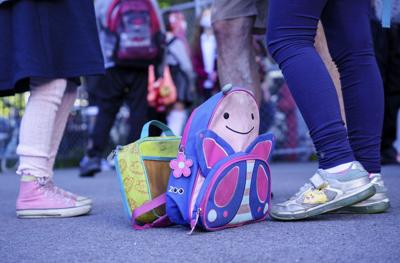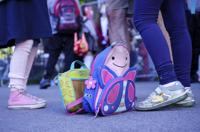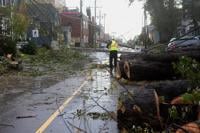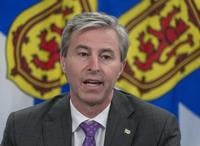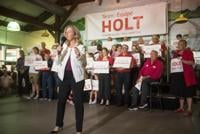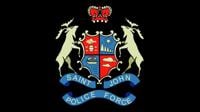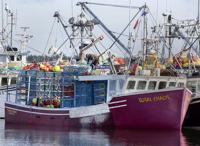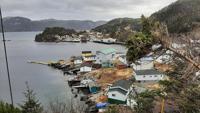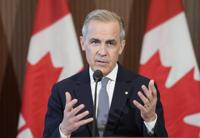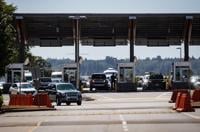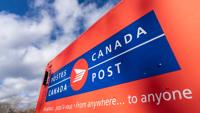ST. JOHN'S - Summer is approaching and teachers in Newfoundland and Labrador are worried many of their students will spend their holiday months hungry without school lunch programs to offer a meal, says Trent Langdon.
The province was tied with New Brunswick for the highest rate of children living in food-insecure households among the provinces in 2024, and Langdon, the president of the Newfoundland and Labrador Teachers' Association, says his members are witnessing this first hand.
"If you have a young person who is coming to school when they're hungry, it reduces morale, it reduces overall energy, it reduces the likelihood of them getting out of bed," Langdon said in an interview Friday. "It weighs very heavily."
Langdon said he's hearing of more teachers who are bringing extra sandwiches to slip to the students that need them.
Nearly 40 per cent of children under 18 in Newfoundland and Labrador and New Brunswick lived in food-insecure households in 2024, according to a report this month from Proof, a research group based at the University of Toronto. The figures come from Statistics Canada data and they include all şĂÉ«tv provinces, but not the territories.
More than a quarter of şĂÉ«tvs lived in food-insecure households in 2024, which is a record high, the report said. Newfoundland and Labrador had the third-highest rate of overall food insecurity among the provinces, behind Alberta and Saskatchewan.
More than half of all single-parent families in the province – 56.8 per cent – were food insecure last year, according to the Statistics Canada data used by Proof.
The group defines food insecurity as "the inadequate or insecure access to food due to financial constraints."
"It is a serious public health problem, a marker of pervasive material deprivation, and a matter of public policy," the Proof website says.
The group's report prompted anti-poverty non-profit Food First Newfoundland and Labrador to call on the provincial government to re-examine its poverty-reduction strategies.
“These statistics are not surprising, but they are also not inevitable,” said Josh Smee, the group's chief executive, in a news release earlier this week. "People in this province are under tremendous pressure right now to afford the food they need, and there are many ways that pressure could be relieved."
Danielle Seward agrees that something needs to be done. The executive director of the Single Parent Association of Newfoundland and Labrador said many of the people using her organization's food bank are seeking help for the first time. Many are skilled professionals with good jobs whose rents and electricity bills have gone up, leaving them far less money to pay for groceries.
"I think a lot of folks would be shocked to see the vast diversity amongst our clients, and to see how many of them are in very successful working positions," Seward said in an interview. "The cost of everything has increased exponentially, whereas the incomes for these professional occupations haven't."
Increasing income support rates would help some of her clients, but not all of them, she added.Â
The provincial government needs to take food insecurity seriously and assemble a team to find solutions, Seward said. And they could start, she suggested, by looking at ways to reduce the cost of groceries, perhaps by offering money to offset the high cost of shipping to the island of Newfoundland, and to the more remote communities of Labrador.
Seward is also worried about the summer months, when parents don't have a breakfast or lunch program to rely on. It's one of the busiest times of year at the association's food bank.
"For single-parent families, the summer is the most critical time of the year for food insecurity," she said.
This report by şĂÉ«tvwas first published May 17, 2025.

